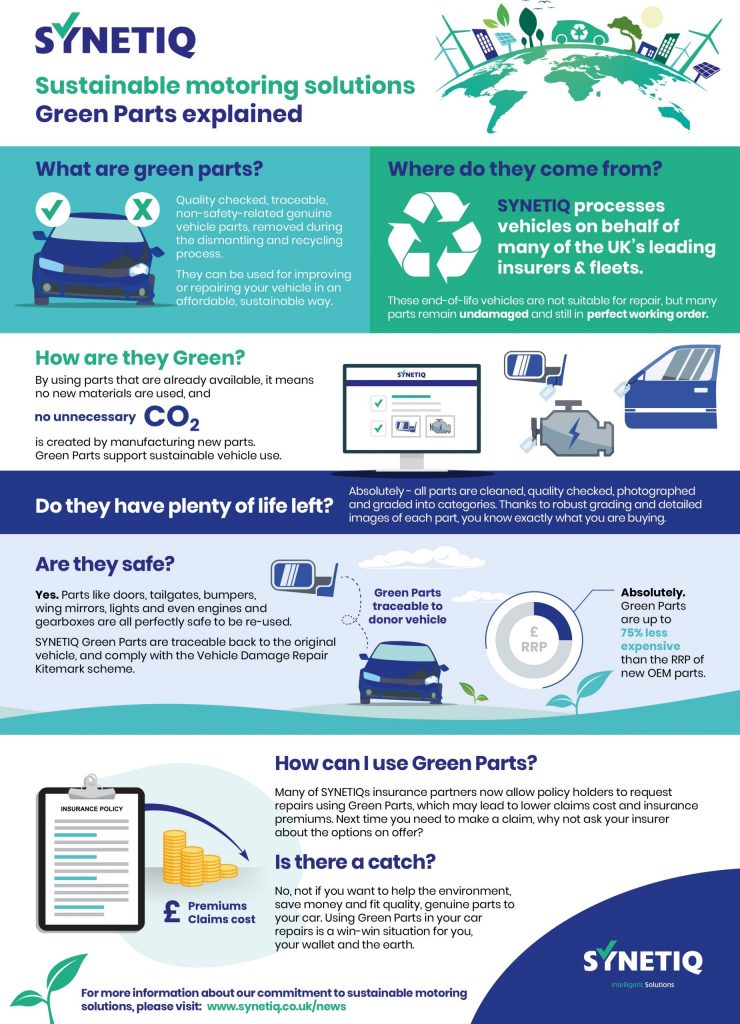With a total value of €4.7 bn of sold remanufactured spare parts by suppliers in 2020, the automotive aftermarket is already substantially contributing to the circular economy targets proposed by the European Commission in their Green Deal.
CLEPA, together with the consultancy Oakdene Hollins, recently published a study on the contribution of automotive to the circular economy targets, where results estimate that more than 800 kt CO2 were avoided in 2020, an amount equal to the annual carbon emissions of 120,000 EU citizens.

The study included a sector-wide approach for qualifying the CO2 impact. It calculated the emissions avoided by considering the material retained during the remanufacturing process.
Other topics discussed included new electrified powertrains, the current shortage of raw materials and semiconductors as well as rising material costs. In this regard, industrial remanufacturing and repair of electronic components will gain further relevance for the repair and maintenance of vehicles. Industry representatives presented their vision on a circular economy approach by showcasing best practice examples.
Automotive suppliers and distributors are jointly working on the transformation of the aftermarket into a sustainable repair and maintenance business. Following the vision of a decarbonised automotive industry by 2050, as laid out by the World Business Council of Sustainable Development, suppliers and parts distributors are committed to defining a criteria for sustainability in the aftermarket, with proposals on a rating scheme and annual performance reviews.
Suppliers and distributors are convinced that a sustainable aftermarket is a prerequisite, but much more will be needed to attract the future talents for the sector, as presented through the example of the Talents4IAM programme, which is dedicated to supporting the availability of a skilled workforce in the sector.
The aftermarket is an essential part of the automotive industry and an important contributor to the sustainability goals, but these need to be complemented with a fair and stable regulatory framework that supports open choice for consumers when it comes to their vehicle use and maintenance.

